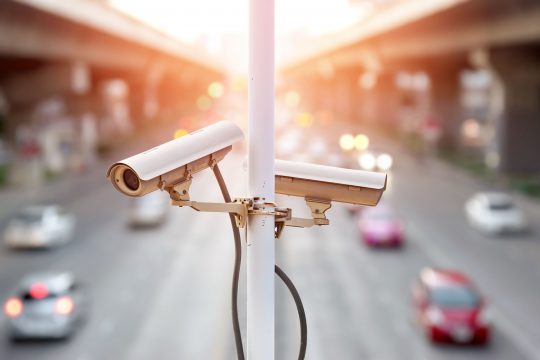To those in the security and technology industry, the subject of Artificial Intelligence (AI) and its various uses is something we’re all likely familiar with. However in recent years, as use of AI has moved into the public sphere and become more available for consumer use, concerns and misconceptions about potential uses for the technology have grown. This has led to a general misunderstanding about video surveillance, as many individuals now associate the presence of surveillance cameras with AI, facial recognition technology and privacy concerns. With numerous high-profile allegations of facial recognition misuse, video analytics technology is getting a bad rap as its association with facial recognition grows.
Public trust is key to the implementation of video surveillance and analytics technologies, as we head toward a “smarter” world. Many features are being used already and can be deployed in smart cities and transportation sectors, where individuals aren’t the primary subject of interest. It’s important for the public to understand that video content analytics are not synonymous with facial recognition, and that video analytics is a much broader technology than just facial recognition. Video content analytics has been used in public sectors for some time now, such as transportation, to assist in maintaining traffic flow, minimizing congestion and spotting minor driving infractions.
The difference now is that video analytic technologies are being imbued with AI to make them faster, more powerful and more autonomous. It’s important for the public to understand that the AI solutions they’re most familiar with are actually machine learning technologies, and not the near-human AI computer your average person might think of. Machine learning simply observes and learns patterns to detect anomalies, such as traffic issues previously discussed, and isn’t a camera gathering your image and other information. These analytics are being used in public spaces, and have been for some time, for object detection, items left unattended and for improving traffic flow in smart cities. While their fears of data gathering aren’t unwarranted, without proper education and an effort to gain the public’s trust, it can have an impact on adoption of these solutions – many of which are becoming more and more prevalent.
Though behavioral analytics are also being used in certain sectors, they can also be used to detect shoplifting and raise alerts, as well as improve visitor flow in retail instances. The uses for video surveillance analytics are immense and encapsulate much more than facial recognition technology and have little to do with the various misconceptions surrounding AI uses.






